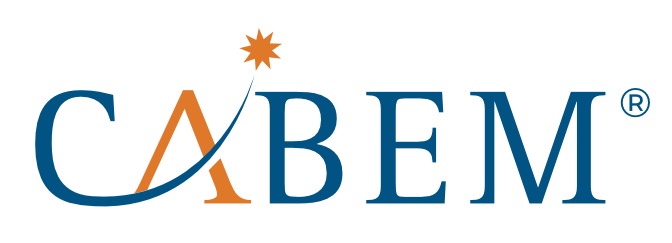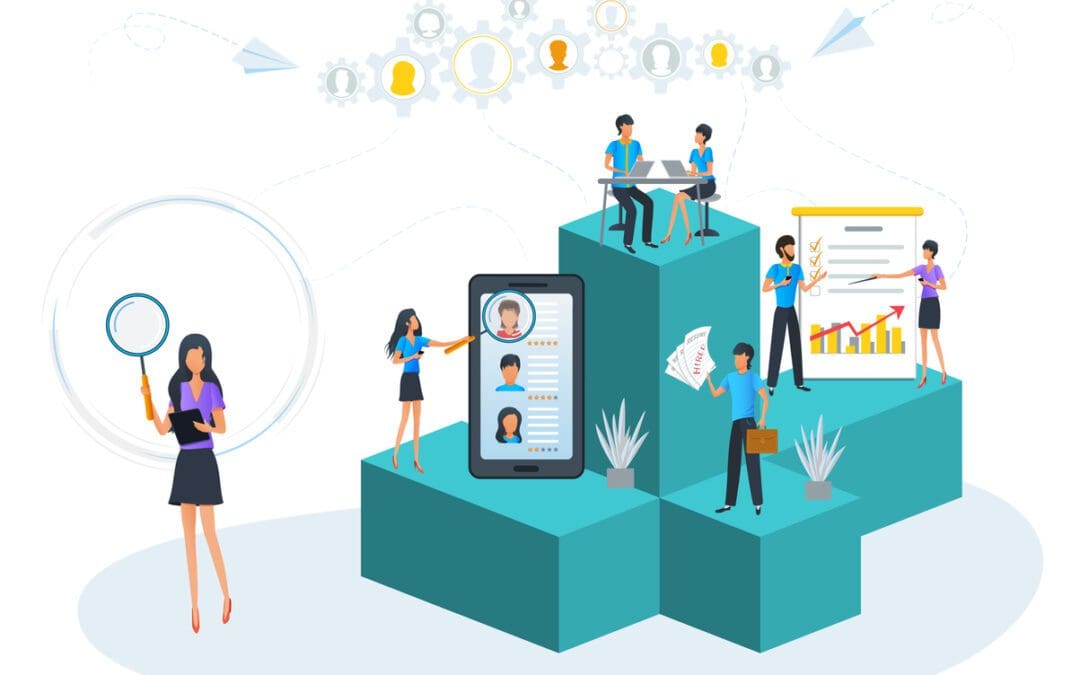Guidance on Designing Effective Competency Frameworks
A Competency Framework Design holds immense value for any organization. It provides a systematic and structured approach to talent management and development, aligning individual skills and behaviors with organizational goals and requirements. By clearly defining the key competencies and proficiency levels needed for success, the framework sets clear expectations and standards for performance. It guides recruitment and selection processes, ensuring that candidates possess the necessary skills and capabilities.
The framework also serves as a foundation for performance management, providing a common language to evaluate and provide feedback to employees. It supports learning and development initiatives, enabling targeted training and career development plans based on identified competency gaps. Moreover, the competency framework promotes consistency, fairness, and transparency in talent management processes, fostering employee engagement and motivation. There are 10 fundamental guidelines to consider when designing a competency framework.
Guidelines for Designing a Competency Framework:
Designing effective competency frameworks is a crucial step in ensuring a systematic and structured approach to talent management and development within an organization. Here are some guidelines to consider when designing a competency framework:
- Identify organizational goals – Start by understanding the strategic objectives and priorities of your organization. Clearly articulate the desired outcomes and behaviors that align with these goals. This will serve as the foundation for defining the core competencies needed to drive success.
- Involve stakeholders – Engage key stakeholders such as senior leaders, HR professionals, managers, and employees from different levels and functions. Gather their input, insights, and perspectives to ensure a comprehensive and inclusive representation of the organization’s needs and expectations.
- Define core competencies – Identify the key competencies that are critical for success in the organization. These competencies should be aligned with the organizational goals, values, and culture. Focus on a manageable number of core competencies (typically 6-10) to ensure clarity and focus.
- Use behavior-based descriptors – Clearly define each competency using specific and observable behavioral indicators. These descriptors should outline the knowledge, soft skills, skills, abilities, and behaviors that reflect proficiency in each competency. Behavioral descriptors help employees understand what success looks like and provide a basis for assessment and development.
- Establish proficiency levels – Develop a proficiency scale that describes different levels of mastery for each competency. This scale can range from foundational levels to advanced levels, indicating the expected progression of skills and expertise within each competency.
- Align with job roles – Tailor the competency framework to different job roles within the organization. Identify the specific competencies and proficiency levels required for each role, considering the unique responsibilities, requirements, and career paths associated with those roles.
- Integrate with talent management processes – Ensure that the competency framework is integrated into various talent management processes, such as recruitment, performance management, training and development, and succession planning. Linking competencies to these processes creates consistency and alignment throughout the employee life cycle.
- Communicate and educate – Clearly communicate the competency framework to all employees. Provide training and resources to help them understand the competencies, proficiency levels, and their relevance to their roles and career development. Promote ongoing awareness and understanding of the framework through regular communication channels.
- Continuously review and update – Competency frameworks should be dynamic and evolve with the changing needs of the organization. Regularly review and update the framework based on feedback, business requirements, and emerging trends to ensure its continued relevance and effectiveness.
- Foster a culture of development – Leverage the competency framework as a tool for employee development and growth. Encourage managers and employees to have meaningful conversations about competencies, provide feedback, and create development plans that address competency gaps.
An effective competency framework serves as a roadmap for talent management, aligning individual and organizational goals, and fostering a culture of continuous learning and development. By following these guidelines, organizations can design frameworks that effectively support their strategic objectives and enhance overall performance. The competency framework provides the foundation for creating targeted competency development plans tailored to individuals within the organization.
The Benefits of Having an Effective Competency Framework:
Having an effective competency framework in place brings numerous benefits to an organization.
- It provides clarity and alignment in defining expectations for performance and success. By clearly identifying the key competencies and proficiency levels required for each role, the framework establishes a common understanding of the skills, knowledge, and behaviors necessary to excel in the organization. This promotes consistency in talent management processes such as recruitment, performance evaluations, and career development, leading to fair and objective decision-making.
- It facilitates strategic workforce planning. It helps identify talent gaps and areas for development, enabling organizations to proactively address skill shortages and succession planning needs. The framework guides the identification of high-potential employees, allowing for targeted development programs to nurture and retain top talent.
- It supports learning and development initiatives by guiding the design of training programs and individual development plans. It provides a roadmap for employees to enhance their skills and competencies, fostering a culture of continuous learning and growth. Employees can assess their own proficiency levels against the defined competencies, identifying areas for improvement and setting clear development goals.
- It promotes employee engagement and motivation. It provides employees with a clear understanding of the skills and behaviors valued by the organization, aligning their efforts with organizational goals. Employees feel a sense of purpose and direction, knowing what is expected of them and how they can progress in their careers.
- It aids in talent acquisition and retention. It serves as a valuable tool for recruitment and selection processes, enabling organizations to assess candidates against the defined competencies. This helps ensure that new hires have the right skills and attributes to contribute to the organization’s success. The framework also supports retention efforts by providing a structured approach to career development, enabling employees to see a clear path for growth within the organization.
By enabling organizations to identify, develop, and retain top talent, a well-designed competency framework becomes a powerful tool for achieving long-term success in a competitive business environment.
The Value of Competency Management Software:
Competency management software plays a crucial role in supporting the development of a robust competency framework for organizations. By leveraging this software, businesses can effectively identify, assess, and develop the necessary skills and competencies required for their workforce. The software allows organizations to define and align competencies with their strategic objectives, ensuring that employees possess the right capabilities to drive success. It enables HR professionals and managers to create detailed competency profiles, outlining the skills, knowledge, and behaviors expected at various job levels. The software also facilitates comprehensive competency assessments, providing a structured approach to evaluate employee proficiency levels and identify skill gaps. With the help of automated tracking and reporting features, organizations can monitor progress, measure the impact of training and development initiatives, and make informed decisions for talent management. Competency management software empowers organizations to optimize their workforce potential, enhance performance, and foster a culture of continuous learning and improvement.
CABEM’s Competency Manager is a configurable platform that allows you to model your organizational hierarchy to assign, prioritize, track, audit, and report activities by role, team, or organization. The Competency Management platform aggregates multiple completion methods for learning and development, such as witnessing, approvals, and traditional LMS techniques. It eliminates the need for spreadsheets and filing cabinets with document libraries to retain user records and information for current and past years.
The platform identifies learning/development pathways to help organizations comply with quality management standards with document tracking, archived training materials, version control, and more, allowing organizations to pass audits easily. It provides the ability to manage risk, automate certifications, and publish reports on actionable data, improving efficiency overall across the enterprise.
One of the key differences of the Competency Platform is the variety of learning completion methods available within the system that can stand alone or be aggregated as workflows to satisfy competency requirements and expectations. CABEM’s Competency Manager includes powerful reporting capabilities out of the box. The interactive Activity Grid matrix is a skills inventory that makes it easy to zero in on user progress toward completion. The Activity Grid allows Managers, Mentors, and System Administrators to view the details of a user’s progress for all assignments, as well as the ability to act through approval sign offs, assessments, and multiple other actions right from within the same screen. Discriminating filters provide the most efficient way of accessing important business intelligence in real-time.
As learning and deployment needs and technology continues to evolve, so will the requirements of this type of software system. We are constantly updating our product and continuing to study different kinds of companies so we can continue to make Competency Manager the best competency management system on the market. Contact us to get started!

